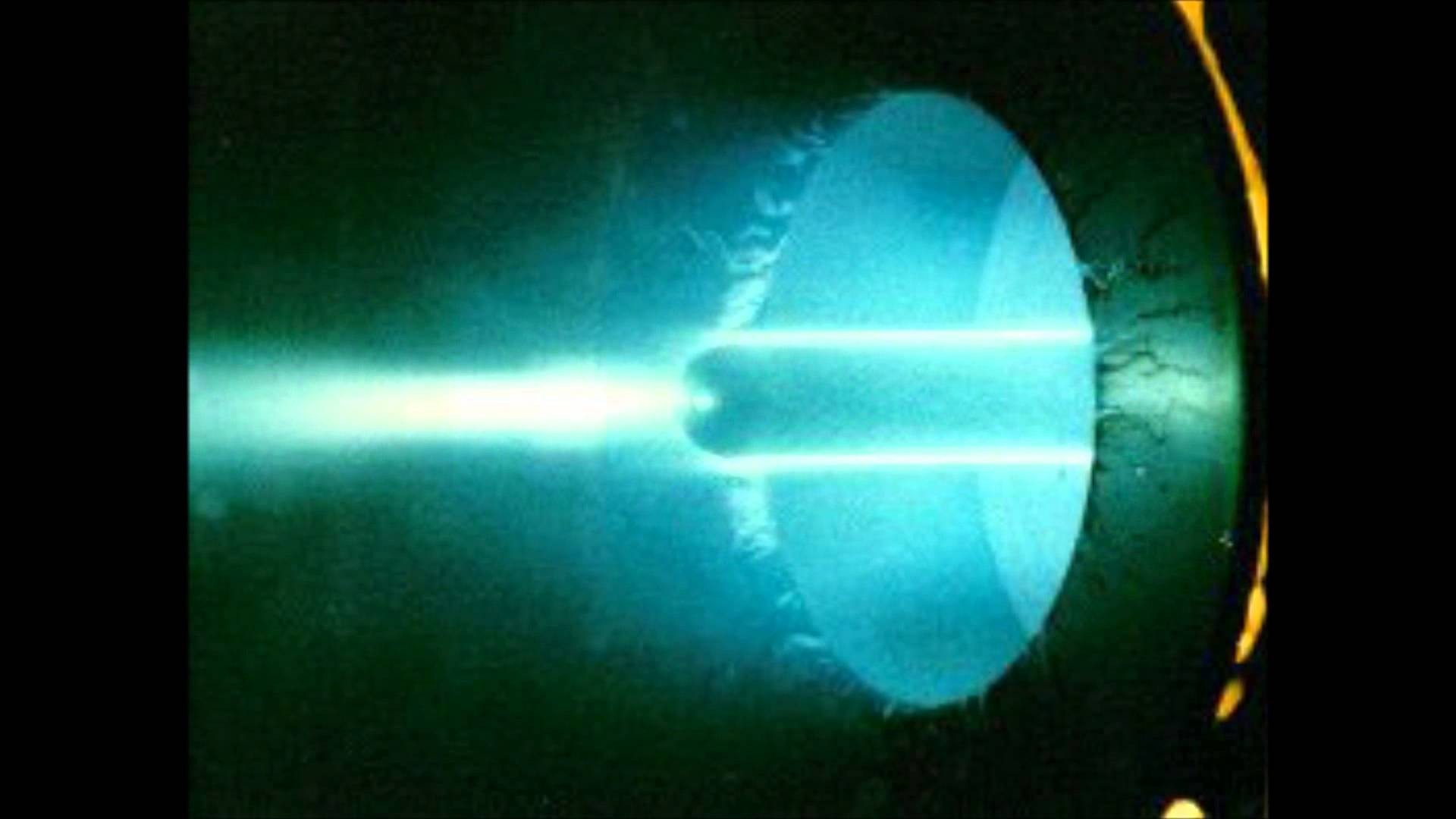This must feel like a huge accomplishment for these scientists:
For that reason, the drive was widely laughed at and ignored when it was invented by English researcher Roger Shawyer in the early 2000s. But a few years later, a team of Chinese scientists decided to build their own version, and to everyone’s surprise, it actually worked. Then an American inventor did the same, and convinced NASA’s Eagleworks Laboratories, headed up by Harold ‘Sonny’ White, to test it.
The real excitement began when those Eagleworks researchers admitted back in March that, despite more than a year of trying to poke holes in the EM Drive, it just kept on working – even inside a vacuum. This debunked some of their most common theories about what might be causing the anomaly.
Ok so Mars in 70 days huh? Would we likely send a few satellites there first to test it out?
The video below also goes over in detail the physics on how this system works:
In this presentation he goes through in detail the background and potential of a technology that if / when the potential is realised will mean the end of the motorcar, the end of the jet engine, the deeper exploration of space, faster and cleaner travel with no carbon pollution.
thanks to sciencealert.com for the great info
And if you would like to see a talk from NASA’s research director on advanced propulsion check out the next page

Now for some old news…..electrogravitic craft have been used by Lockheed for over 50 years.,this crap above is useless by comparison.
Sweet . Engage impulse drive sulu
Mars in 70 days
Bullshit
Steve Gengler
I thought this was fake.
Been waiting since 2008 for answers
Matthew Watson
And that’s why I cherish you
Onward & upward
Use it!
Didn’t think it’d work
Boom science
Wattttt? Real?????
some humanity may get off this rock before its too late after all
Bump
Whether or not it’s directly mediated via the quantum vacuum, if it works, it would still surely conserve momentum, and have a reaction with the surrounding EM field.. People seem to forget that the EM field really carries momentum. In this case, you could probably think of it as having a propellant consisting of radiating photons, but they might be very sublle, involving a coherent, or some other collective state, of radiation with a particular multipole field, for instance.
How many times has the human race made something they don’t completely understand?
Or find something by accident?
I have to say this makes sense to me.
I don’t know why, but it does
I hope this happens yesterday fast.